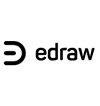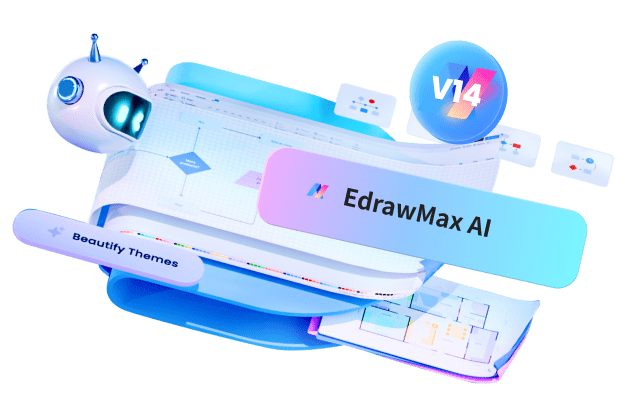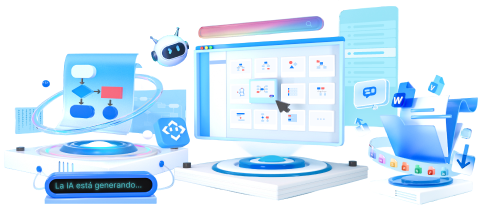Enterprise Risk Management (ERM) is an essential strategic tool for companies. ERM takes a holistic, organization-wide approach to identifying and assessing all types of risks, including strategic, operational, financial, and compliance risks. Implementing ERM risk management provides a structured framework for evaluating risk interactions across the enterprise and developing integrated mitigation strategies.
With ERM, companies can proactively manage a diverse array of threats and uncertainties to business objectives, enabling more agile and resilient operations.
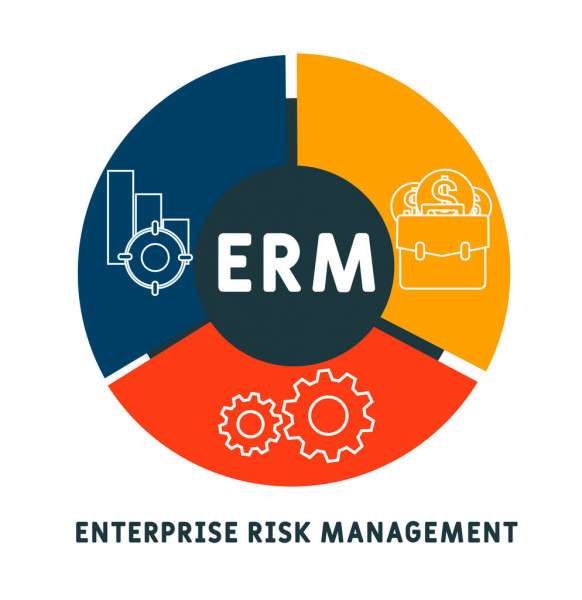
ERM risk refers to any potential event that could negatively impact an organization's ability to achieve its objectives. ERM provides a holistic framework to identify and assess all risks across an enterprise, including strategic, operational, financial, and compliance risks.
The goal of ERM is to give organizations an integrated view of risk exposures across the business so they can effectively prioritize and manage risks that could hinder growth and performance.
In this article
Part 1. Understading the ERM Risk Management Process
Unlocking the intricacies of the ERM Risk Management process is crucial for modern businesses. Here's a concise overview:
- Assessment: Identifying potential risks.
- Analysis: Evaluating the impact and likelihood of each risk.
- Risk Prioritization: Ranking risks by severity.
- Risk Mitigation: Developing strategies to manage and reduce risks.
- Monitoring: Continuously tracking and adapting to evolving risks.
- Reporting: Communicating risk data to stakeholders.
- Integration: Incorporating ERM into strategic decision-making.
This article explores each step, offering a comprehensive understanding of ERM in action.
Part 2. Benefits of of ERM Risk Management in Managing Threats
ERM Risk Management plays a pivotal role in safeguarding businesses from a multitude of threats. Here's a glimpse of the benefits:
- Enhanced Preparedness: Proactive risk identification and mitigation.
- Improved Decision-Making: Data-driven insights for strategic choices.
- Resource Allocation: Efficient allocation of resources for risk management.
- Compliance with Regulations: Adhering to both legal mandates and industry norms.
- Stakeholder Confidence: Building trust through transparent risk reporting.
- Business Resilience: Strengthening the capacity to weather adverse events.
Part 3. How Organizations Can Integrate ERM Principles Into Existing Risk Management
Bringing ERM principles into current risk management processes is a smart move for organizations. It means blending ERM's structured approach with what's already in place. This helps get a full picture of risks.
Also, it's important to encourage everyone in the organization to be aware of risks and take responsibility. This way, businesses can better handle uncertainties, make smart choices, and stay strong in a changing business world.
As ERM matures, organizations are leveraging it in innovative ways:
- Linking ERM to strategic planning and performance management to align risk oversight with business goals
- Using advanced data analytics and AI to model risks and detect emerging risk interconnections
- Adopting flexible and agile risk reporting frameworks to keep pace with a rapidly changing business environment
- Integrating ERM into corporate culture through more proactive training and risk-aware decision making.
- Expanding ERM beyond financial risks to strengthen operational, reputational, environmental and societal risk management.
Part 4. Creating an ERM Framework For Organization Using EdrawMax
Creating an ERM Risk Management plan using EdrawMax is a crucial step for any organization aiming to fortify its resilience against potential threats. This user-friendly software provides a seamless platform to design comprehensive risk management frameworks.
With its intuitive interface and diverse range of templates, EdrawMax simplifies the process, ensuring even those without extensive technical expertise can develop robust ERM strategies.
Key Features:
EdrawMax offers a host of features tailored for effective ERM implementation. These include:
- Customizable Templates: Ready-made templates for risk assessment, analysis, and mitigation.
- Collaboration Tools: Seamless team collaboration for a unified risk management approach.
- Visual Dashboards: Clear and insightful visual representations of risk data.
- Comprehensive Diagrams: Tools for creating flowcharts, graphs, and diagrams to enhance risk communication.
Here are the steps to create an ERM risk management diagram using EdrawMax:
Step 1: Launch the EdrawMax software and click on "New" and choose a suitable template from the available options. Look for templates related to risk management or ERM.
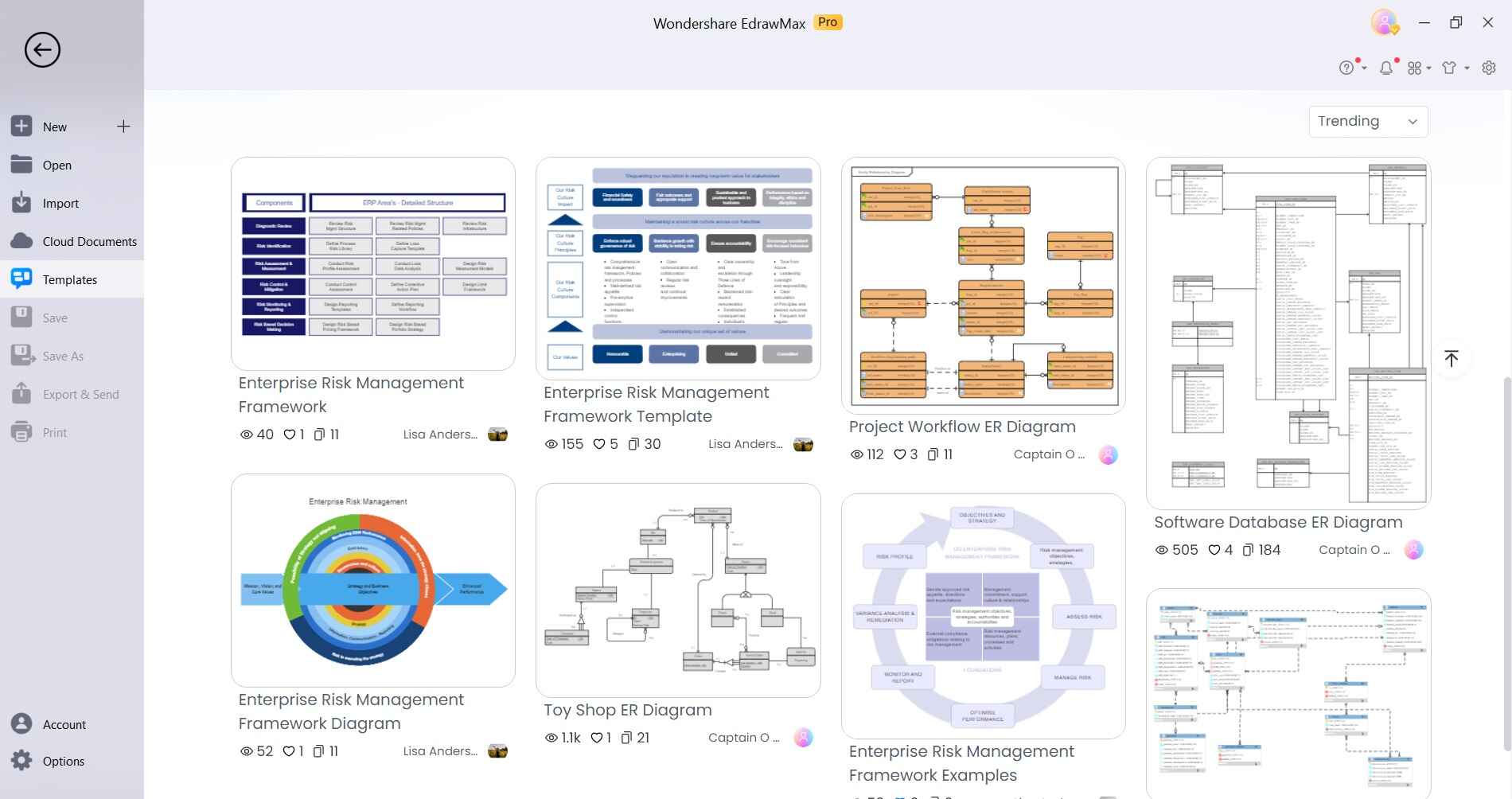
Step 2: Drag and drop shapes and elements onto the canvas to represent various components of your ERM framework. These may include risk identification, assessment, mitigation, monitoring, etc.
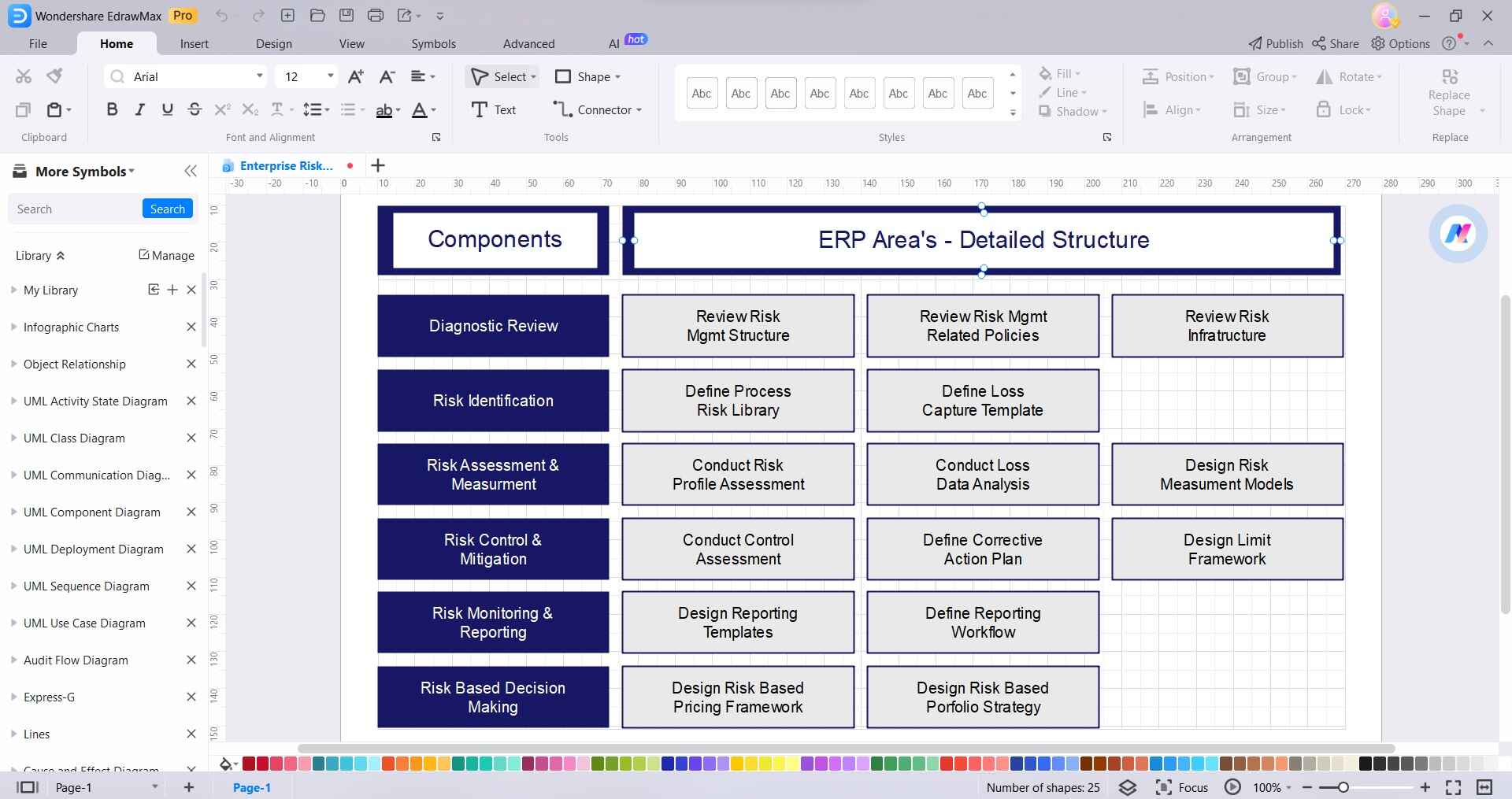
Step 3: Use arrows or connectors to show the flow of the ERM process. This visually demonstrates how each step relates to the next. Enhance clarity by adding relevant icons or symbols to represent different aspects of risk management.
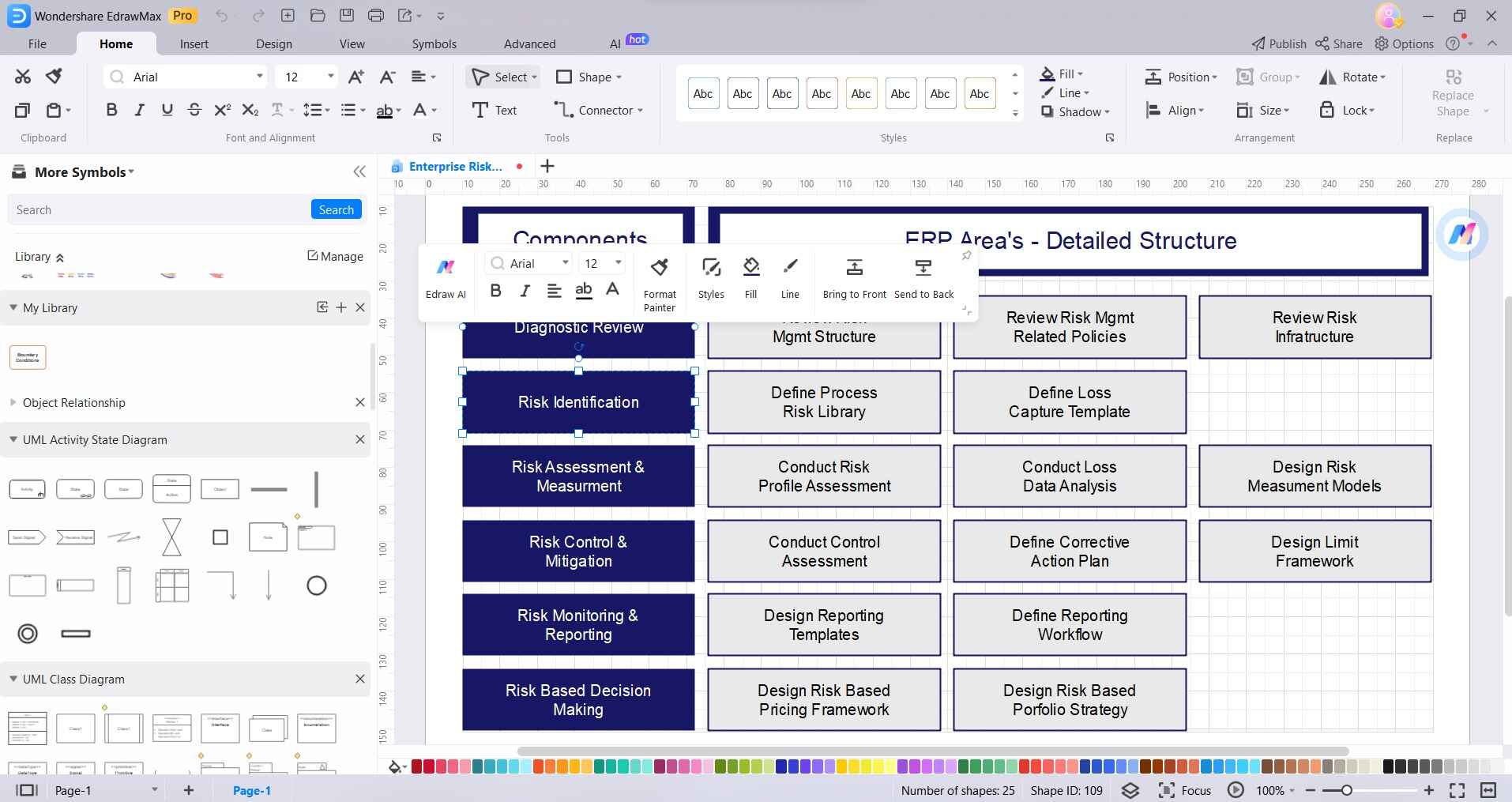
Step 4: Click on the entity you want to customize and select “Styles”. This could be a label, title, or any other text element in your diagram. Select the desired font color from the available palette or choose a specific font style (e.g., bold, italic, underline).

Step 5: Head to File> Save to save your diagram. If needed, you can export the diagram in different formats or directly share it with colleagues or stakeholders.
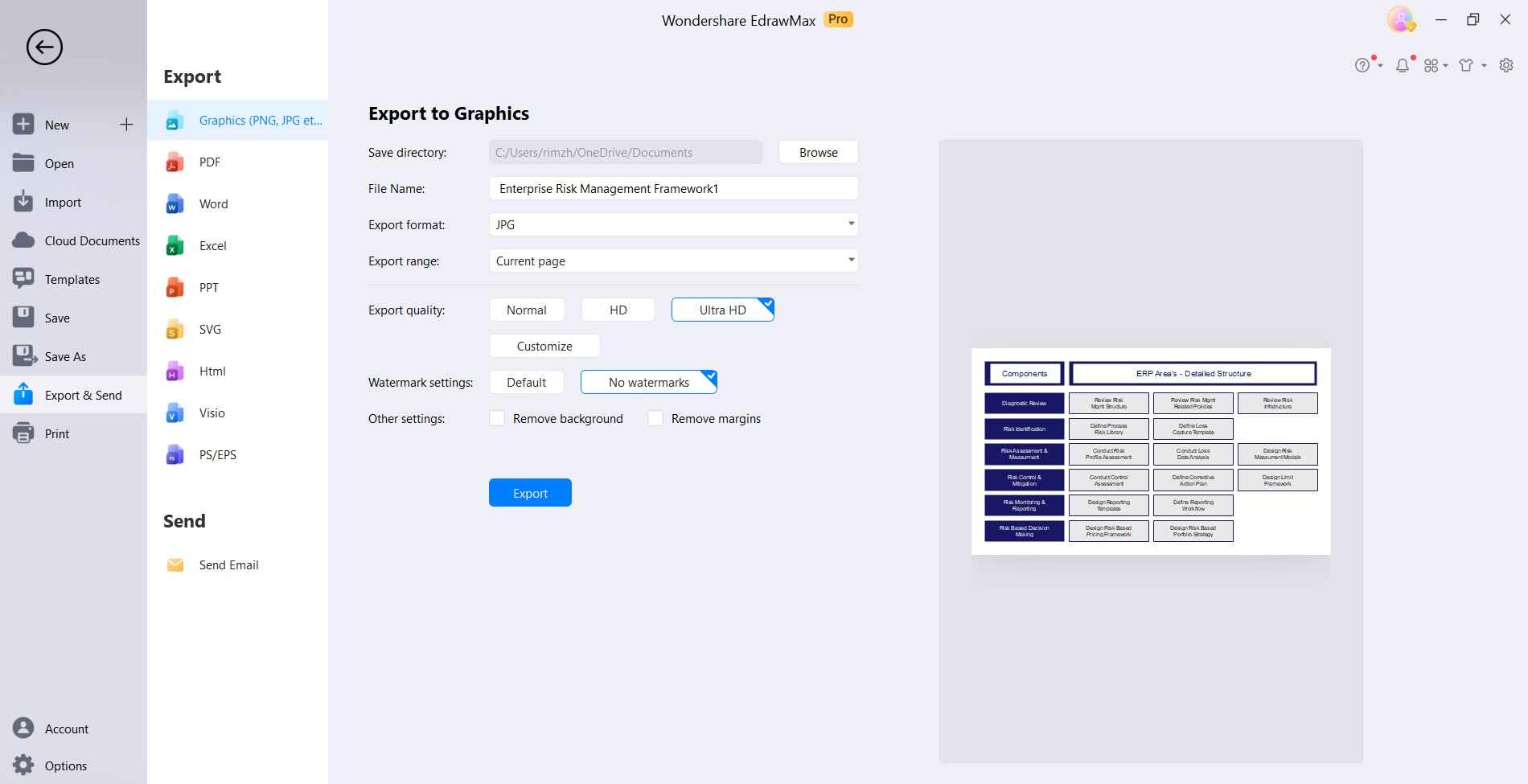
By following these steps, you can create a clear and informative ERM Risk Management diagram using EdrawMax.
Conclusion
Using ERM risk management is crucial for business success in uncertain times. Tools like Wondershare EdrawMax make creating risk plans easy. EdrawMax's user-friendly features and templates make it accessible for everyone.
With ERM and EdrawMax, businesses can be more resilient and make better decisions. Embrace these tools for a secure and prosperous future.
